Get out of ‘defense mode’ with your next grazing plan
Plan the work, then work the plan to achieve more on your regenerative ranch.
Most ranchers carry a good grazing plan in their heads, executing with a combination of intuition built on experience, an understanding of regional trends and an adaptivity to circumstances.
But if you need to solve a significant problem or are ready to take aim at a new ideal like regenerative or adaptive grazing, it’s time put a proactive grazing plan on paper, Noble Research Institute Regenerative Ranching Advisor Steve Swaffar says.
“There is a heavier commitment to reach a goal you’ve written down,” he says. Writing a grazing plan on paper can feel uncomfortable, but “frankly, a good goal should make you nervous.”
For a more experienced rancher, building an ambitious grazing plan may be the slight push you need to make progress in the year ahead. For a beginning rancher or someone grazing a new piece of land, it’s an offensive plan to help navigate the unknown.
Either way, Swaffar says, “When you start putting the plan to paper, it opens all these ‘ah-ha’ moments.”
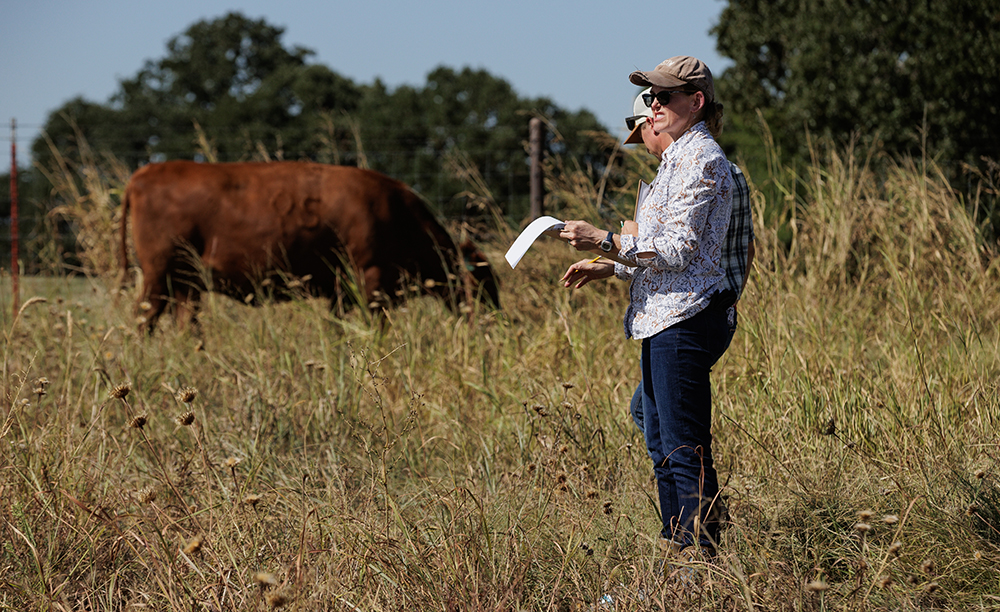
1. Start with your goals in mind
Every good grazing plan begins with a specific goal or goals.
If you worry every year about buying an unsustainable amount of hay, spend too much money on external inputs, or see an invasive species reducing your forage production, Swaffar says it’s time to meet the problem head-on by starting with a grazing goal and plan.
“These are the questions that have to stop us and make us ask, ‘How am I going to get through this?’” Swaffar says. “Well, I’ve got to sit down and make a plan, set some goals to solve the problem.” Along the way, you may uncover new opportunities as well.
Are you prepared to take advantage of an exceptionally favorable year with additional forage? Can you diversify your income with a new class or species of livestock? Could aligning your animals’ production cycle to match their environment reduce your labor requirements? What would your bottom line look like if you could sustainably produce X pounds of beef per acre?
Be realistic with these goals, Swaffar says, but remember that many good opportunities are missed due to a lack of preparation.
Finally, consider goals that will help shift your focus to create the business and life you want, Swaffar says. “Part of these goals could be, ‘My family wants to take a vacation in July.’ So where do my animals need to be to make it possible for us to be away? Build a plan from there.”
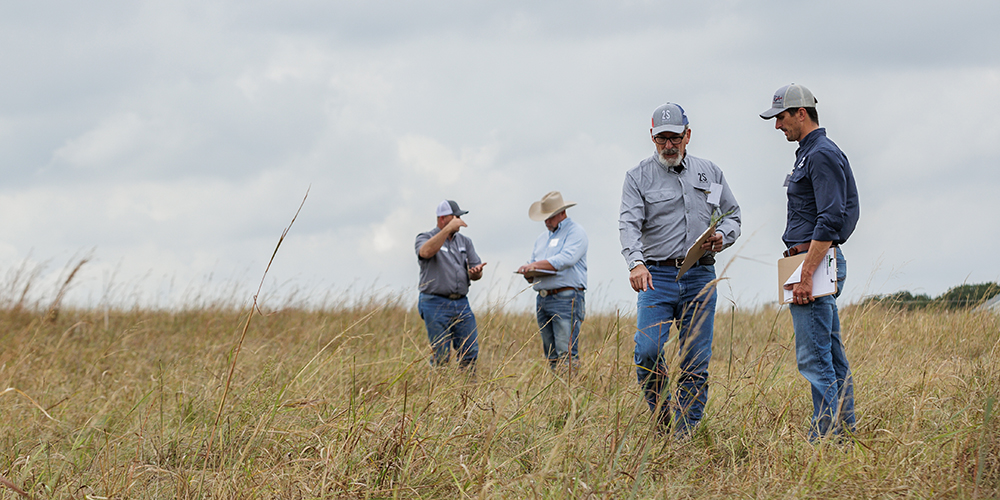
2. Take stock of where you’ll start
Once you set your goal(s), record a basic inventory of resources. You no doubt know your water sources and have a good idea of their quality and quantity, but writing it down may help address nagging, predictable problems (the well that comes up dry half the time, or the windmill that needs to be fixed every year).
“This inventory is where you can start to ask, ‘Where can I manage animals so that they’re most efficient, not walking over a mile to get to water? What opportunities do I have to create more paddocks and use this grass more efficiently?’” Swaffar says.
Next, evaluate your forage availability for the season ahead.
“If you’re a ‘trust your gut’ kind of guy, it’s still important to spot-check yourself from time to time,” Swaffar says. Use a forage stick or a clip-and-weigh method in multiple pasture locations to accurately assess your forage production.
Then, fill in dates critical to your business and the goal in mind. Calculate nutritional needs for breeding season, facility needs for calving, strengths and weaknesses in the resource inventory you have, and any other infrastructure that needs attention.
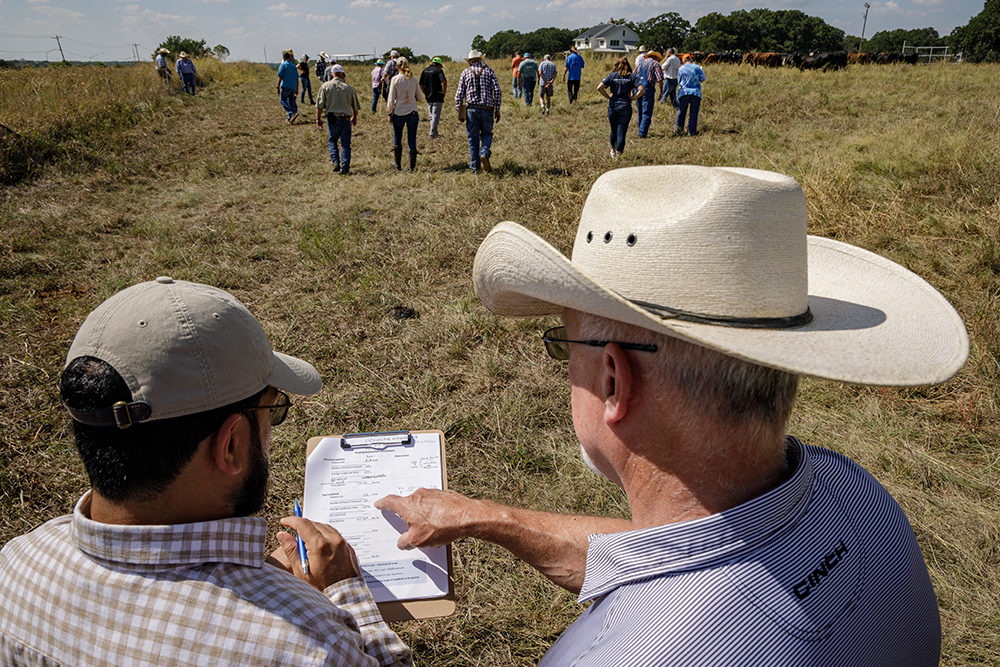
3. Plan the work, then work the plan
Once you have the critical information committed to black and white, you probably have some set dates and movements in mind or a paddock configuration that’s worked in the past. Swaffar suggests challenging your own assumptions.
If you’ve grazed one pasture from May 1 to June 15 for the past decade, try moving it to July. If you always set your paddocks up in long, skinny rectangles, try one fat square or triangles this year. Consider grazing a piece for a shorter or longer duration than you’ve ever grazed it before. Nature needs diversity to thrive, but without an intentional plan, human nature tends to fall back on ‘whatever I did last year.’
Swaffar advises making any major changes in a ‘safe-to-learn’ environment. Start small enough that if it goes wrong, it won’t be a crisis or create critical damage to land, livestock or livelihood.
“Consider making these changes in smaller, controlled areas, then observe, how did the animals and the plants react to that change? Did it get me closer to my goals?” Then, jot down some notes to establish a performance baseline.
“Some people are really numbers-driven, so they might want to see results in a soil test or see exactly how their stocking rates have changed in relation to weather patterns,” Swaffar says. “Other people monitor success by what they see – how many species of plants do I have here? How many species of invertebrates and vertebrates do I see? How are my animals behaving here? Others have 30 years of training their eye to their land, and they know from experience that they can make an accurate assessment of their land’s health.”
Whichever category you’re in, take a moment to write down those markers and observations. Even if you don’t think you need to write it down, future generations or land managers will be grateful to inherit the historic knowledge, and you’ll be able to compare season to season and find concrete reasons to celebrate your success.
Your grazing plan may be charted in bar graphs or handwritten in bullet points. Others may use a map of proposed grazing paddocks with key dates and goals written in. Tech-driven ranchers might have an app they use or simply store the plan in their phone’s ‘notes’ feature. What matters is what gets recorded, Swaffar says.
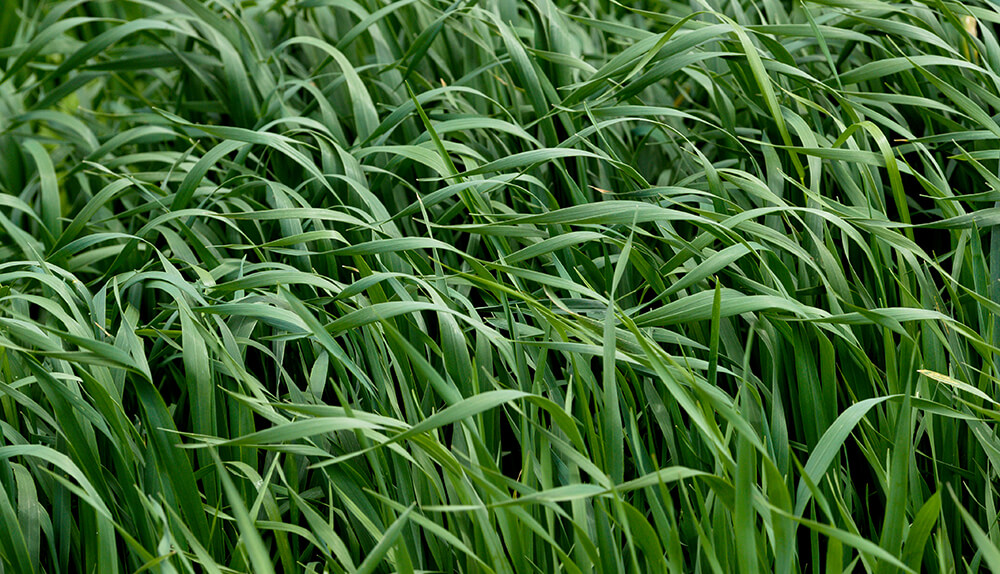
4. Adapt to the unexpected; monitor and measure
The plan might not play out exactly as you wrote it –it’s likely not to – but the point is to increase situational awareness by identifying strengths, weaknesses, opportunities and threats so you are prepared to make thoughtful decisions in an often unpredictable business.
As the grazing season progresses, check in and adjust accordingly on a weekly, or at least bi-weekly, basis. Evaluate the state of your forage in response to actual growing conditions.
Note how the animals respond to the actions in your grazing plan and to changes to their historic grazing patterns. As Noble Ranches moved to intense rotations with more frequent livestock moves, ranch staff expressed an understandable concern for animal performance.
“There were some animals that had to be transitioned off the place – they just didn’t handle the frequent moves. That elimination was just part of the process,” Swaffar said. “But when we look at the animals that held up, our ranch staff have been quite impressed. Our fly loads are less, they’re not walking as long a distance to water, so they don’t have to seek shade as often. Watching that animal behavior is a big way to monitor the success of your grazing plan.”
For most, the ultimate measure of a grazing plan’s success will be found in their bottom line. Each of these measurements – the soil, the forage, the animals, and your lifestyle – culminates to ask the final questions: Am I spending less to produce the same? Are these decisions resulting in sustainable profitability?
These questions can’t often be answered in one grazing season or one year, another reason to record goals at the start and your progress or challenges along the way.
“This grazing plan is a part of a bigger business plan, and we can’t be successful in the management of the land or the animals if we don’t treat it as a business,” Swaffar says.
For more information and assistance with grazing management, consider attending a Noble Grazing Essentials course near you.

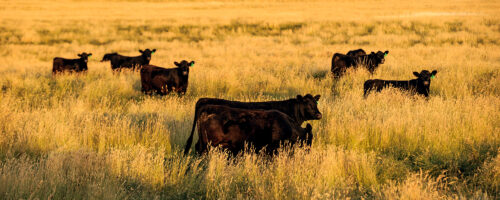
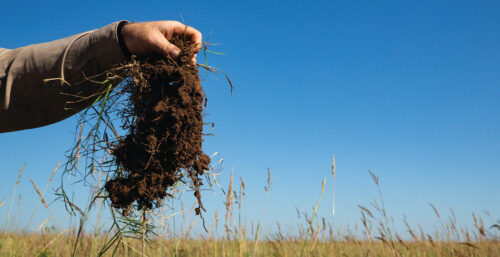
Comment